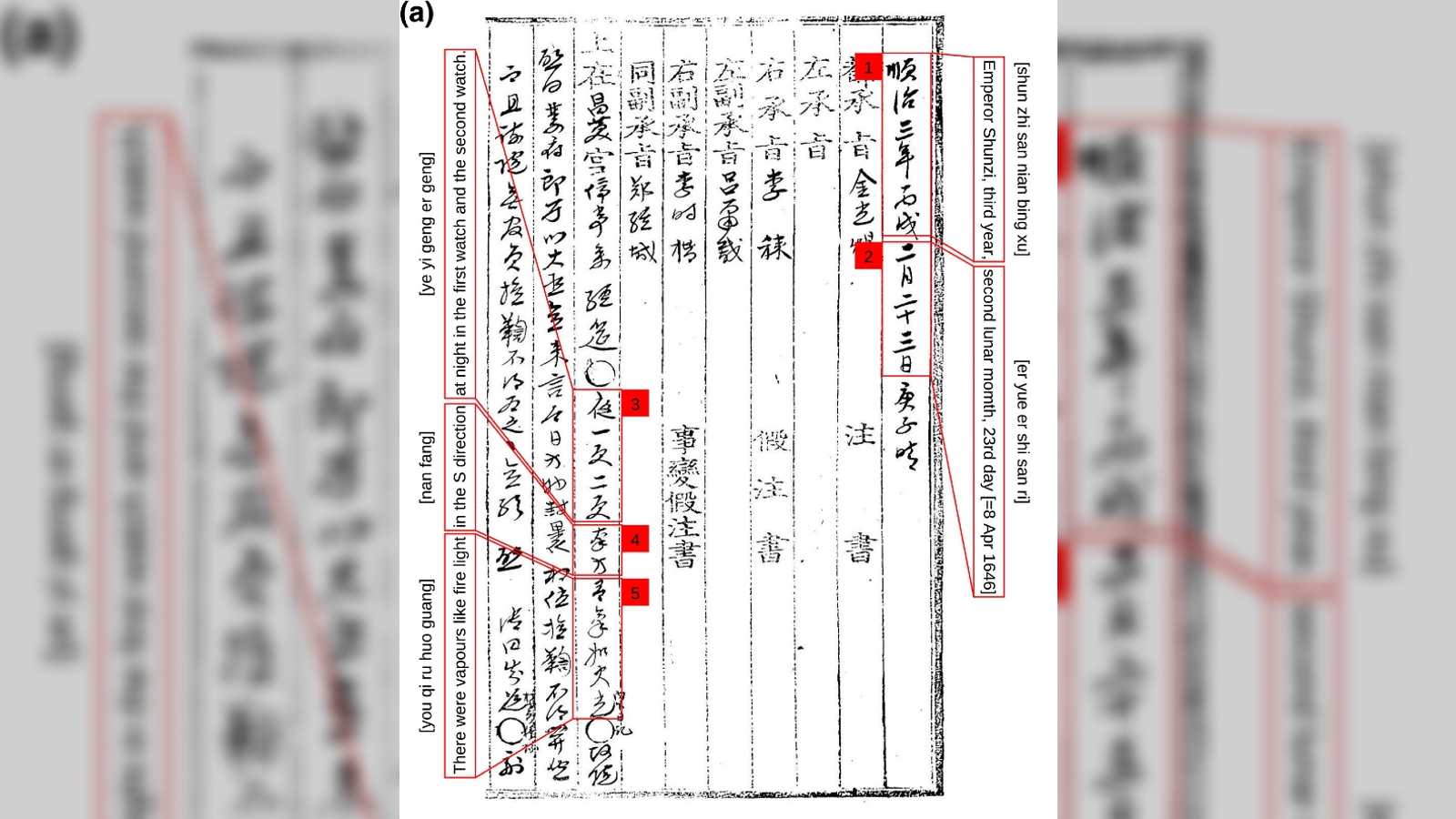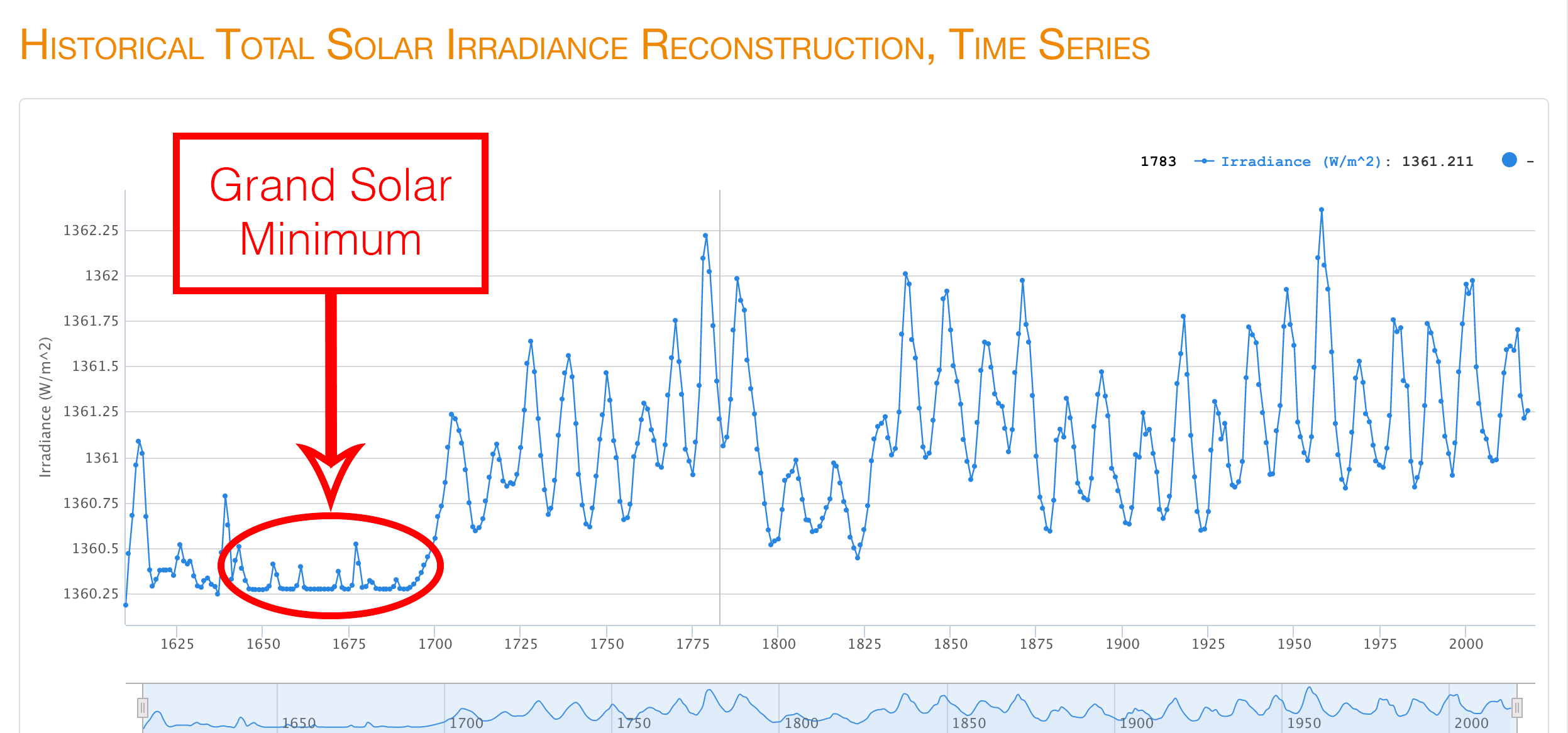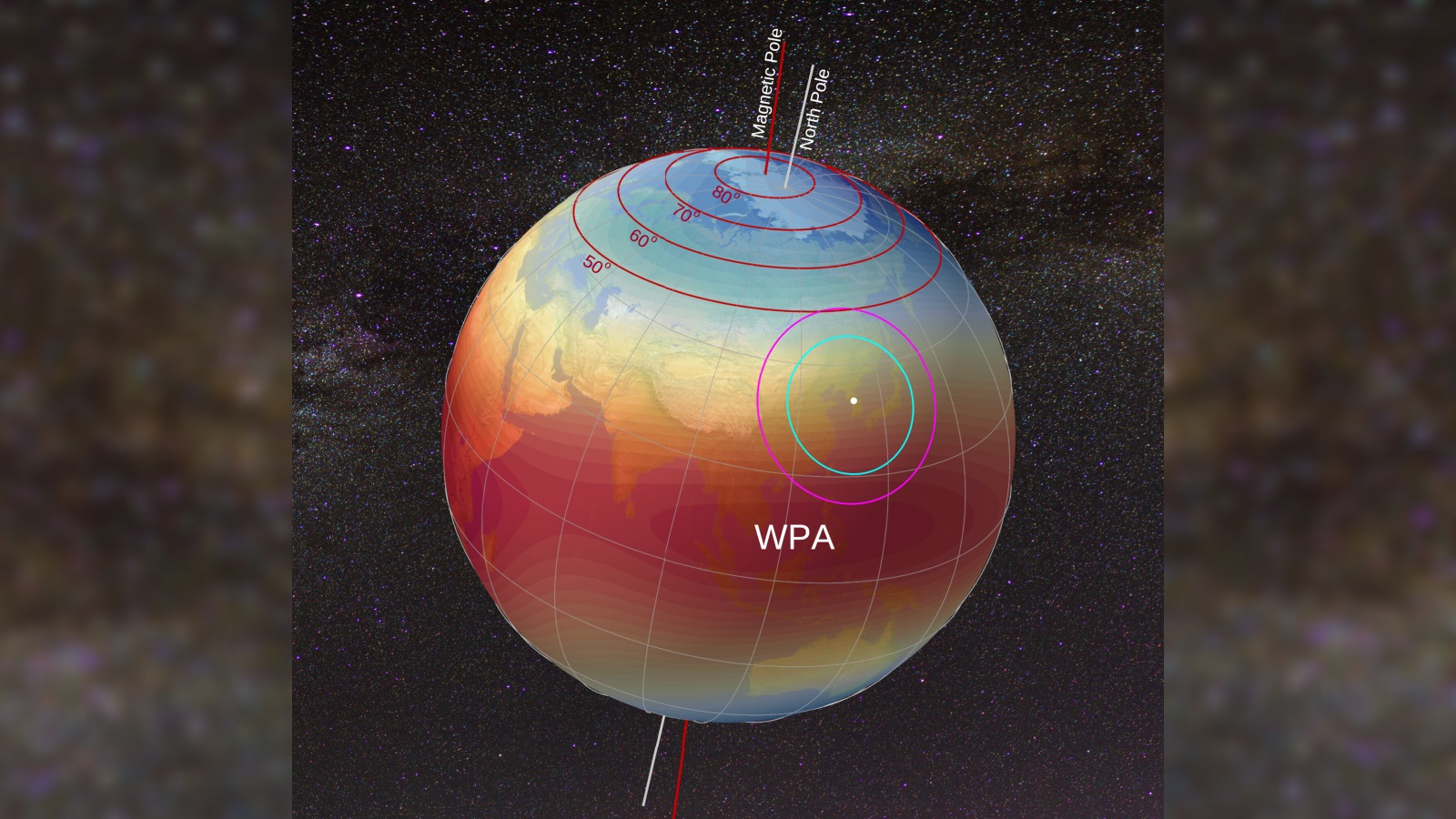Strange anomaly in sun's solar cycle discovered in centuries-old texts from Korea
Aurora records in royal chronicles from Korea show that during the 'Maunder Minimum' between 1645 and 1715, the sun's solar cycles became several years shorter than they are today.
The sun's solar cycles were once around three years shorter than they are today, a new analysis of centuries-old Korean chronicles reveals. This previously unknown anomaly occurred during a mysterious solar epoch known as the "Maunder Minimum," more than 300 years ago.
The sun is constantly in a state of flux. Our home star cycles through periods of increased activity, known as solar maximum, when solar storms become more frequent and powerful, as well as spells of reduced activity, known as solar minimum, when solar storms almost completely disappear.
It currently takes about 11 years for the sun to complete a solar cycle, from minimum to maximum and back again. Scientists can track the sun's progress through a solar cycle by counting the number of sunspots on the star's surface, which appear more frequently in the lead-up to and during solar maximum.
But just as the sun fluctuates within individual cycles, historical sunspot records show that over longer periods, spanning decades or centuries, the overall output of solar cycles can also rise and fall.
The Maunder Minimum, sometimes referred to as the Grand Solar Minimum, was a period of greatly reduced solar activity between 1645 and 1715 when sunspots "effectively disappeared," Scott McIntosh, a solar physicist at the National Center for Atmospheric Research in Colorado who was not involved in the recent research, told Live Science in an email.
Related: 15 dazzling images of the sun
During this time, the sun's output was so low that average global temperatures also dropped, in what scientists have dubbed a "mini ice age," according to NASA — though it was also likely linked to high levels of volcanic eruptions at the time.
Get the world’s most fascinating discoveries delivered straight to your inbox.
Sunspot records paint a general picture of the Maunder Minimum, which is named after the English astronomer Edward Walter Maunder. But there is still much about the period that scientists don't know.
In the new study, published Oct. 3 in the journal AGU Advances, researchers analyzed historic auroral records from Korea and found that solar cycles during the Maunder Minimum were only eight years long on average — three years shorter than modern cycles.
The aurora records were part of three separate books, or chronicles, written on behalf of Korean kings that contained detailed daily reports of royal business, state affairs, weather and astronomical phenomena that occurred within the Korean peninsula between 918 and 1910, according to the 2021 study that first described them.
The astronomical sections of the chronicles frequently speak of "red vapors" or "vapors like firelight." The researchers believe these descriptions refer to the West Pacific Anomaly (WPA) — an area above Korea that produces regular red auroras despite being far from the magnetic poles. Like other auroras, the WPA occurs when solar radiation collides with Earth's magnetic shield. But unlike other auroras at the time, these lightshows persisted despite a decrease in solar activity because the Earth's magnetic field is thinner in this region, which makes them a great proxy for solar cycle progression, the researchers wrote.
The dates when these auroras occurred show that solar radiation from the sun followed an eight-year cycle.
Scientists don't know what causes long-term solar cycle trends like the Maunder Minimum, McIntosh said. There are "many things" that could influence solar activity over such long periods, he added. It is also unclear why the solar cycles shortened during that time. But the new findings could provide "pivotal clues" in understanding this mysterious epoch in greater detail, researchers wrote in the paper.
Over the last few solar cycles, solar activity has decreased slightly, and there have been some slight fluctuations in cycle length. This led some experts to predict that we were entering a new epoch of reduced solar activity.
However, the progression of the current solar cycle, which has been very active and is fast approaching solar maximum, suggests this is not the case.

Harry is a U.K.-based senior staff writer at Live Science. He studied marine biology at the University of Exeter before training to become a journalist. He covers a wide range of topics including space exploration, planetary science, space weather, climate change, animal behavior and paleontology. His recent work on the solar maximum won "best space submission" at the 2024 Aerospace Media Awards and was shortlisted in the "top scoop" category at the NCTJ Awards for Excellence in 2023. He also writes Live Science's weekly Earth from space series.






